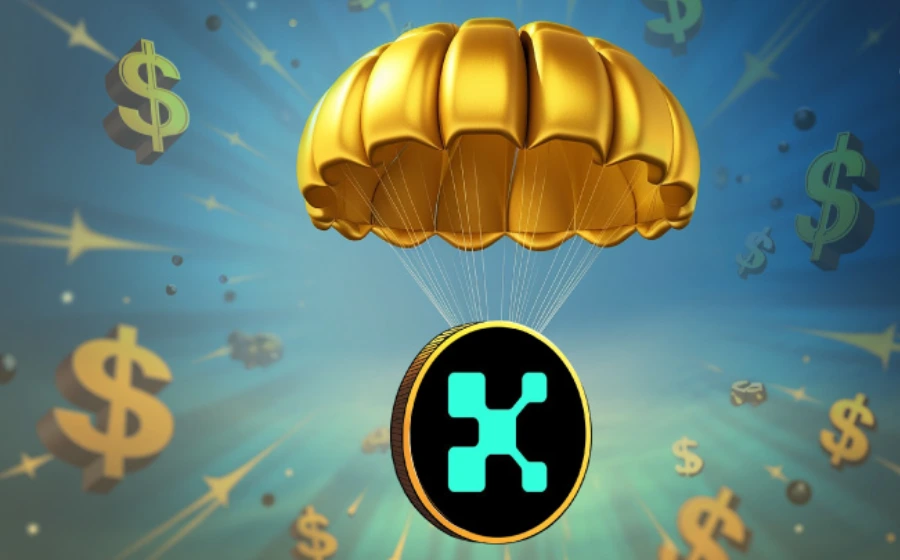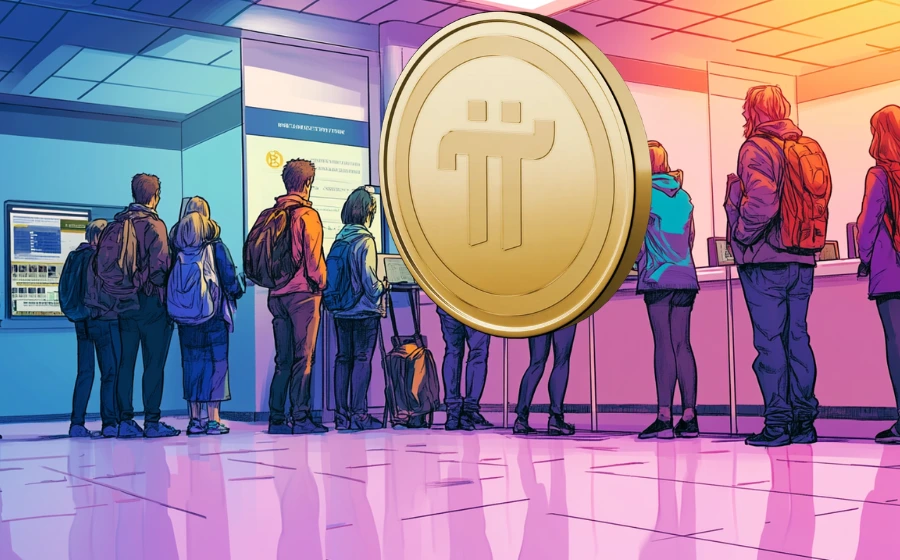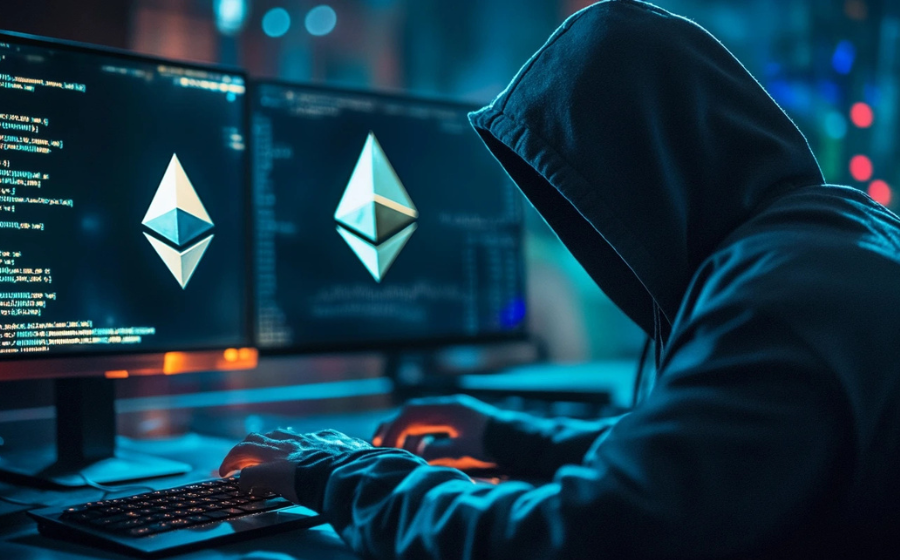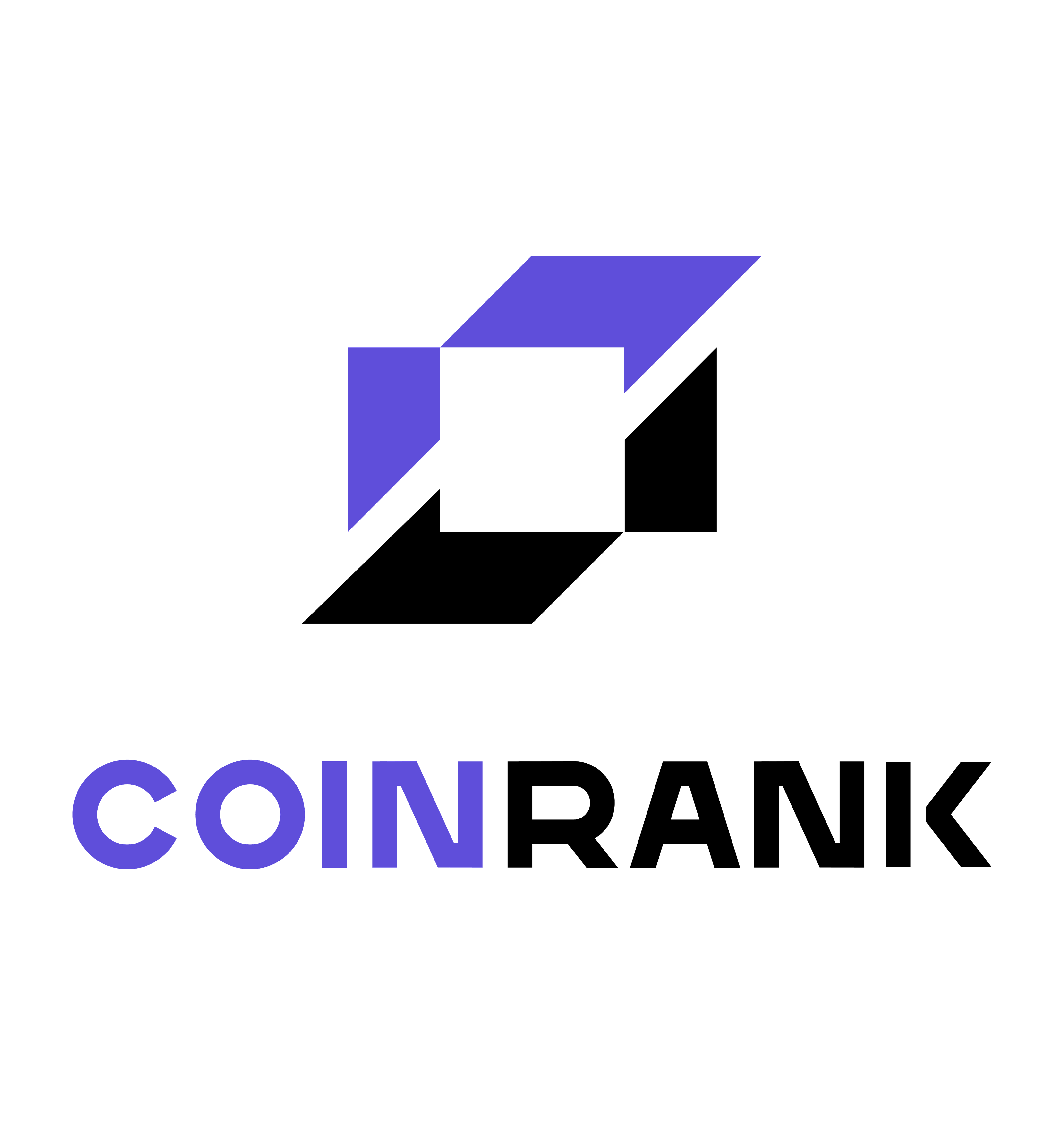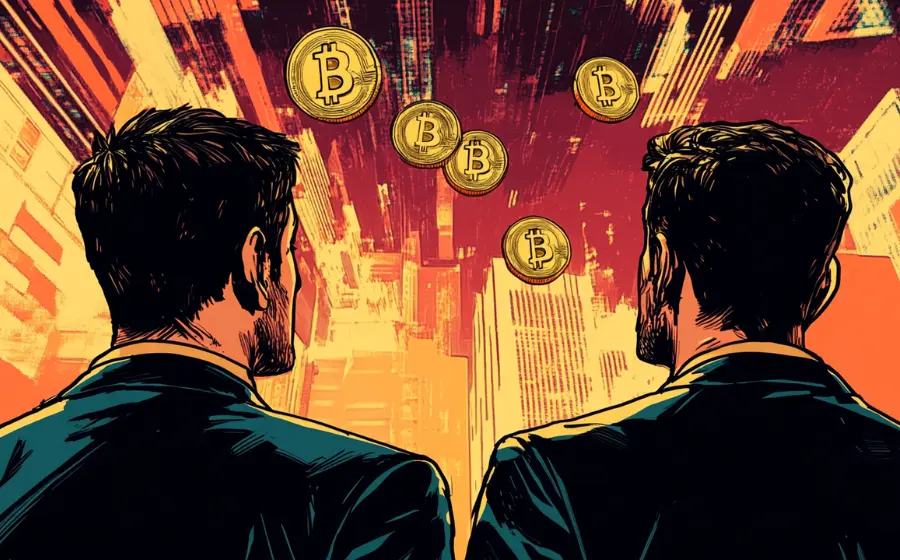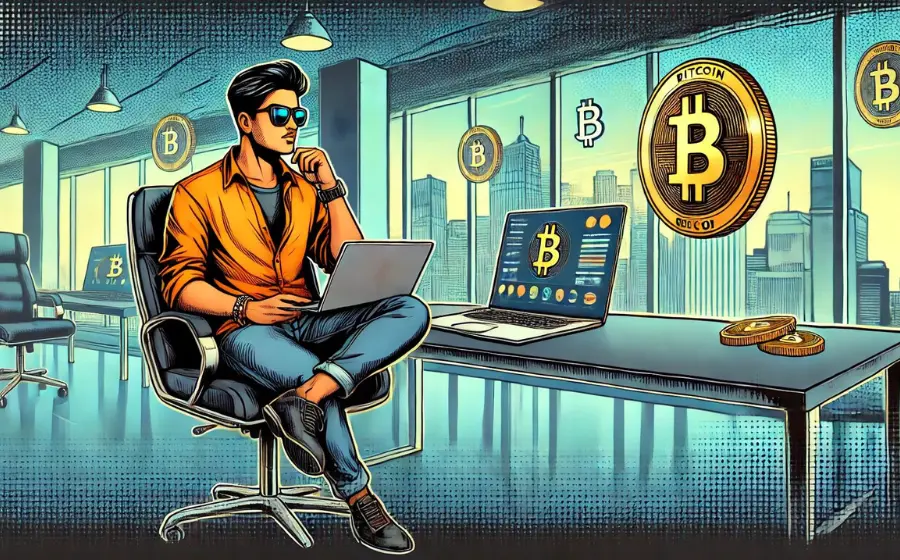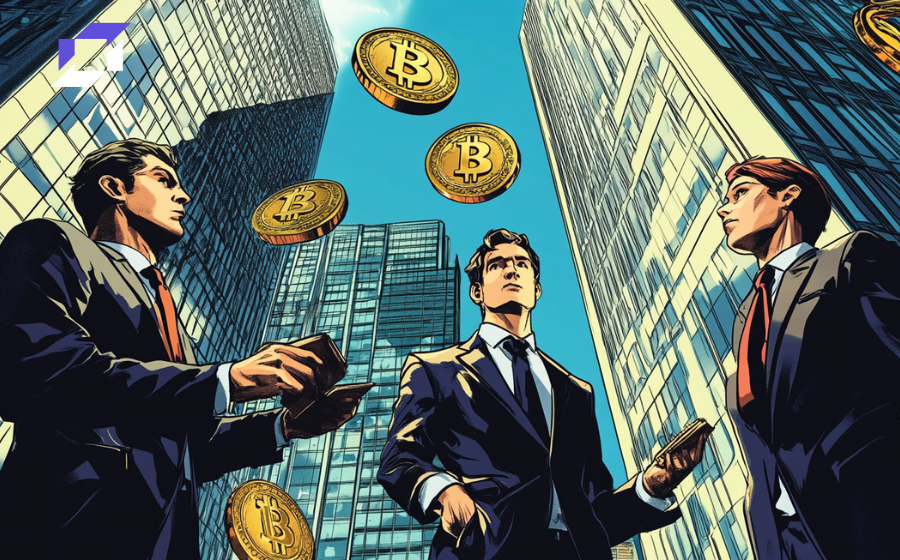
KEYTAKEAWAYS
- RWA market explodes to $65 billion TVL in Q1 2025, growing 800% in two years with institutional adoption reaching 60% market share.
- China leads green asset tokenization through solar farms and charging stations, achieving $100M cross-border financing milestones via Hong Kong regulatory sandboxes.
- Major platforms like Ondo Finance, RealT, and Centrifuge demonstrate proven business models with Treasury bonds, real estate, and supply chain finance tokenization.

CONTENT
Global RWA market reaches $65B TVL with 800% growth. BlackRock, MakerDAO lead tokenization of Treasury bonds, real estate, and green assets. Compliance frameworks emerge across US, EU, and Hong Kong.

Executive Summary
Foreword: When Real-World Assets Meet Blockchain Revolution
Global financial markets are experiencing a quiet transformation. On one side, traditional financial systems lock trillions of dollars in illiquid assets—real estate, receivables, carbon credits—within complex legal agreements and paper contracts. On the other side, Ethereum and Solana blockchains process tens of thousands of transactions per second, fundamentally reconstructing value transfer mechanisms. RWA tokenization acts as the bridge-builder in this silent revolution, serving as a key that merges physical world contract principles with digital world transparency rules while breathing new life into dormant assets.
Market scale shows explosive expansion. In Q1 2025, global RWA total value locked (TVL) exceeded $65 billion, surging nearly 800% from the same period in 2023. This wave includes strategic deployments from financial giants like JPMorgan and BlackRock, alongside breakthrough growth from innovative companies like RealT and Centrifuge. Institutional capital influx reshapes market dynamics—today, 6 out of every 10 dollars in RWA investment comes from traditional financial institutions. Technology advances are equally exciting: Polygon sidechain’s million-level TPS processing capacity, Chainlink oracles’ real-time data anchoring, and zero-knowledge proof privacy protection solutions collectively solve the century-old problem of on-chain and off-chain data consistency.
China’s RWA practices deserve special attention. New energy infrastructure tokenization exploration leads globally. For instance, GCL Energy’s solar farms created $100 million cross-border transaction records through blockchain financing, while Shenzhen Eagle’s lithium battery usage rights tokenization project achieves daily trading volumes exceeding $20 million. These cases not only validate the “asset on-chain equals financing” business logic but also transform originally fragmented physical assets into freely circulating digital rights through cross-border connections via international hubs like Hong Kong and Dubai.
EXECUTIVE SUMMARY
Market Scale: In Q1 2025, global RWA TVL reached $65 billion, growing over 800% in two years with institutional funding exceeding 60%. The projected market size will surpass $16 trillion by 2030.
Technology Breakthroughs: Blockchain scaling solutions (Polygon sidechain 100K TPS), oracle upgrades (Chainlink real-time data streams), and privacy computing (ZK-SNARKs) have built secure and efficient infrastructure. Chinese teams independently developed cross-chain bridge technology achieving 48-hour cross-border financing, setting new industry records.
China Practice: New energy asset tokenization leads globally as companies like GCL Energy and Longsun Technology use “blockchain + green finance” models. They convert solar farms and charging stations into divisible, tradable digital tokens, attracting international capital from Middle East sovereign funds.
Challenges Remain: Regulatory fragmentation (SEC and Hong Kong SFC standard divergences), technical vulnerability concerns, and liquidity stratification (top assets account for 90% trading volume) constitute the main risks.
TRACK OVERVIEW
RWA (Real World Asset) refers to tokenizing real-world physical or financial assets through blockchain technology, enabling them to circulate, trade, and be managed within decentralized networks. This technology connects traditional assets (such as real estate, bonds, commodities, corporate equity) with cryptocurrency and DeFi (decentralized finance) ecosystems, granting them higher liquidity, transparency, and accessibility.
DEVELOPMENT HISTORY
Germination Period (2017-2019): Concept Genesis and Early Exploration
Technical Enlightenment: Alongside DeFi concept emergence, blockchain communities first proposed “asset tokenization” visions but failed to form clear technical pathways.
Early Experiments: Bytom (BTM) attempted to put physical assets like artworks and precious metals on-chain, becoming the first public blockchain project to explore RWA.
Security Token Offerings Begin: Platforms like Polymath and Harbor launched Security Token Offering (STO) frameworks, attempting to tokenize financial assets like equity and bonds. However, they failed to gain widespread adoption due to high compliance barriers.
Early Development Period (2020-2022): Technical Validation and Institutional Testing
Application Breakthrough: The Centrifuge project launched, becoming the first to tokenize SME receivables and invoices for on-chain financing. This marked RWA’s transition from theory to practice.
DeFi Integration: Protocols like MakerDAO and Aave began accepting RWA as collateral (such as USDC), exploring asset liquidity enhancement pathways.
Real Estate Tokenization Rise: RealT platform launched, dividing US residential properties into $50 tokens. This allowed users to hold shares and receive rental income, validating asset fragmentation investment feasibility.
Traditional Financial Institutions Enter: Institutions like JPMorgan and Goldman Sachs initiated RWA research, exploring on-chain tokenization solutions for gold and Treasury bonds.
Initial Regulatory Involvement: The US SEC published the “Digital Asset Market Regulatory Framework,” first clarifying some RWA products’ securities attributes.
Rapid Expansion Period (2023-2025): Policy Breakthrough and Ecosystem Explosion
Policy Milestones: The EU passed the MiCA Act, clarifying tokenized asset regulatory classifications. Meanwhile, Hong Kong released the “Policy Statement on Virtual Assets in Financial System Operations,” signaling regulatory friendliness.
Market Expansion: Asset management giants like BlackRock and Fidelity tested RWA waters, issuing tokenized Treasury bonds and private equity funds with management scales exceeding $1 billion.
Global Compliance Framework Improvement: The US SEC approved the first BTC spot ETF, indirectly recognizing RWA compliance pathways. Additionally, Hong Kong launched the “Ensemble” sandbox supporting RWA cross-border settlement pilots.
Market Scale Explosion: Global RWA TVL exceeded $14 billion, growing over 10x from 2023.

REPRESENTATIVE PROJECTS
On-Chain Treasury and Fixed Income – Ondo Finance (OUSG/USDY)
Introduction: Ondo is a financial infrastructure platform dedicated to bringing traditional financial assets (such as US stocks, bonds, ETFs) on-chain. Its core product, Ondo Global Markets, provides 1:1 physically-backed security tokens. Ondo also launched Ondo Chain, a Layer1 blockchain designed for institutional-grade finance. This blockchain implements RWA staking and native cross-chain communication mechanisms, creating compliant, secure, and efficient on-chain capital market environments. It also builds next-generation financial ecosystems that connect Wall Street with DeFi.
Recent Developments: Ondo Finance recently surpassed $1 billion TVL, consolidating its leading position in Treasury bond tokenization. Currently, the global tokenized Treasury market has exceeded $5 billion, with Ondo capturing a core market share. JPMorgan reports predict that yield-bearing stablecoins will occupy 50% of the stablecoin market, further confirming Ondo model growth potential.
Real Estate Tokenization – RealT
Core Business: RealT specializes in dividing US residential properties into small tokens (such as $50/share), achieving fragmented investment and real-time yield distribution through blockchain technology. Its tokens represent partial property ownership, with investors automatically receiving weekly USDC rental dividends. Historical annualized returns reach 8.2%. The platform uses ERC-3643 token standards, supporting on-chain dividends and community infrastructure upgrades (such as installing smart security systems). It completed compliance filing through SEC Reg D exemptions, becoming the first real estate RWA project open to retail investors.
Recent Developments: As of Q2 2025, RealT manages $970 million in assets, with Detroit Cadieux Street property clusters appreciating 72% due to community renovation plans. The platform recently partnered with Opium Network to launch vacancy insurance, where users pay 1% annual fees to cover 9-month vacancy losses, further reducing investment risks. Simultaneously, RealT announced cooperation with Longsun Technology to pilot new energy charging station tokenization, exploring non-residential asset on-chain solutions.
On-Chain Credit and Supply Chain Finance – Centrifuge (CFG)
Core Business: Centrifuge converts SME receivables into on-chain assets through the Tinlake protocol, supporting over $1 billion in financing. Its uniqueness lies in deep integration with MakerDAO, where tokenized receivables serve as collateral for DAI loans, reducing financing costs by 20% compared to traditional banks. The platform uses Swiss legal frameworks, separating assets from operating entities while maintaining default rates below 0.5%. It also partners with Janus Henderson to issue $230 million Treasury funds, becoming a hotspot for institutional allocation.
Recent Developments: Q2 2025 data shows Centrifuge maintains 0.3% default rates while completing deep integration with the Polkadot ecosystem. This achieved seamless interoperability between Ethereum and Base chain assets, improving liquidity by 300%. The recently launched Anemoy asset management platform provides market-neutral strategy portfolios with stable 6%-8% annual returns. The platform also plans to launch real estate mortgage modules in 2026, covering commercial real estate and industrial facilities.
Commodities and Precious Metals – PAXG
Core Business: PAXG strictly follows London Bullion Market Association standards, with each token corresponding to 1 troy ounce of LBMA-certified gold stored at Brink vaults. Users can redeem physical gold anytime, completing delivery within 5-7 business days. The Q2 2025 market cap exceeded $8 billion with daily trading volume of $120 million, capturing 60% of the gold token market. The platform innovatively launched gold lending protocols with 3.5% annual returns, allowing institutional users to manage gold holdings through API integration.
Recent Developments: In Q1 2025, PAXG partnered with JPMorgan to issue structured products linked to gold futures volatility, providing institutional hedging tools. Platform storage technology upgraded with IoT sensors for real-time vault temperature and humidity monitoring, further enhancing security recognition. Recently recognized by Hong Kong SFC as compliant precious metals tokens, the platform is planning to expand Asian gold ETF tokenization markets.
Compliant Stablecoins and Yield-Bearing Assets – MakerDAO (DAI)
Core Business: MakerDAO is Ethereum’s first decentralized autonomous organization (DAO), with its core product DAI being a $1-pegged over-collateralized stablecoin. Users generate DAI by collateralizing ETH, USDC and other crypto assets, requiring collateralization ratios above 150% to handle price volatility. DAI issuance and destruction are automatically managed by smart contracts, with price stability mechanisms relying on market supply-demand dynamics and liquidation systems. In 2023, MakerDAO launched the “Endgame Plan,” restructuring governance architecture and introducing multi-collateral support including Treasury bonds and real estate RWA. This further reduced dependence on single crypto assets. Revenue primarily comes from over-collateralization stability fees, liquidation penalties, and RWA investment returns, with RWA assets comprising 45% and contributing over 52% of protocol revenue.
Recent Developments: In April 2025, MakerDAO partnered with HKMA to pilot offshore RMB RWA collateralization, allowing users to convert RMB assets into DAI through Hong Kong licensed institutions. This achieved daily trading volumes exceeding $200 million. The same month, the platform launched Spark Protocol lending protocol, supporting users to borrow other crypto assets using DAI as collateral, with floating annual rates of 3.5%-8% and first-month lending scale reaching $1.2 billion. Additionally, MakerDAO partnered with Aave to launch cross-chain DAI liquidity pools covering 12 public chains including Ethereum, Base, and Solana, enabling seamless asset circulation. Q2 2025 data shows MakerDAO-managed RWA asset scale increased to $1.95 billion, with Treasury collateral comprising 76.9% and annual yield contribution exceeding 52%.
Emerging Track: Carbon Credits and Green Finance – EVIDENT
Core Business: EVIDENT converts corporate carbon reduction volumes into ERC-3525 semi-fungible tokens, supporting fragmented trading and carbon neutrality offsetting. The platform partners with Ant Chain to provide traceability services for Hong Kong green bonds, with carbon credit token issuance exceeding 120 million tons in 2025. Its dynamic pricing model adjusts token values based on EU carbon border adjustment policies in real-time, allowing institutional users to obtain green loans through staking at rates 0.5%-1% lower than traditional products.
Recent Developments: In Q2 2025, EVIDENT partnered with EU carbon border adjustment enforcement agencies, becoming among the first batch of tokenized carbon credit suppliers included in carbon border adjustments. The platform launched carbon credit futures contracts, supporting users to hedge policy change risks, with daily trading volumes exceeding $50 million.
